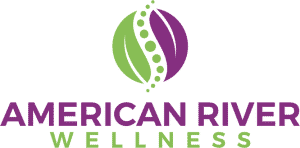
If you have failed your return to duty drug test, you are probably wondering what happens next. This can be a confusing time for many professional truck drivers.
The reality is there is a set process that happens following a failed drug test. This is set by the United States Department of Transportation (DOT). It is commonly called the “Return to Duty Process.”
But what is that process, and what happens if you fail a test during it? In this article, we will demystify the Return to Duty Process through the lens of a failed drug test. And we will specifically answer questions such as:
- When is return to duty testing required?
- How long do dot drug test results take?
- Is a return to duty drug test observed?
- How long does a violation stay on the Clearinghouse?
- And more.
Read on to learn all about the return to duty process and failed substance tests.
The Return to Duty Process
So, what is the DOT return to duty process?
As we regularly cover in our blog, the return to duty process is a standard set of DOT rules. Largely, they are rules a professional driver (and their employer) must follow if the driver wants to get back on the road. It involves a:
- Substance Abuse Professional, who oversees the driver’s recovery
- The DOT, and
- The government-established Clearinghouse, which catalogs drivers who violate drug and alcohol mandates.
Return to Duty Testing
If a driver has failed their random substance test, they need to follow the company’s standard SAP Program. Once the driver completes the SAP program and submits a negative return to duty substance test, all is well. They may be deemed eligible to return to duty.
Is a Return to Duty Drug Test Observed?
Per the DOT, all return to duty drug tests are observed. If a driver refuses an observed test, the DOT counts this as a failure.
Follow-Up Testing
A driver must be randomly tested six times during their first year back in duty.
How Long Do DOT Drug Test Results Take?
Substance abuse tests, when conducted properly, will typically show results within one to three business days.
Clearinghouse Reporting
For those wondering how long does a violation stay on the Clearinghouse, the answer is simple. The FMCSA states that violations stay on the Clearinghouse for five years from the date of the violation.
Get Support for Your Return to Service
If you have failed a controlled substance test and want to get back to work, it pays to arm yourself with the right resources. At American River Wellness, we help drivers and employers better understand the DOT’s return to duty process.
If you need assistance, reach out to us to learn more about the RTD process.
